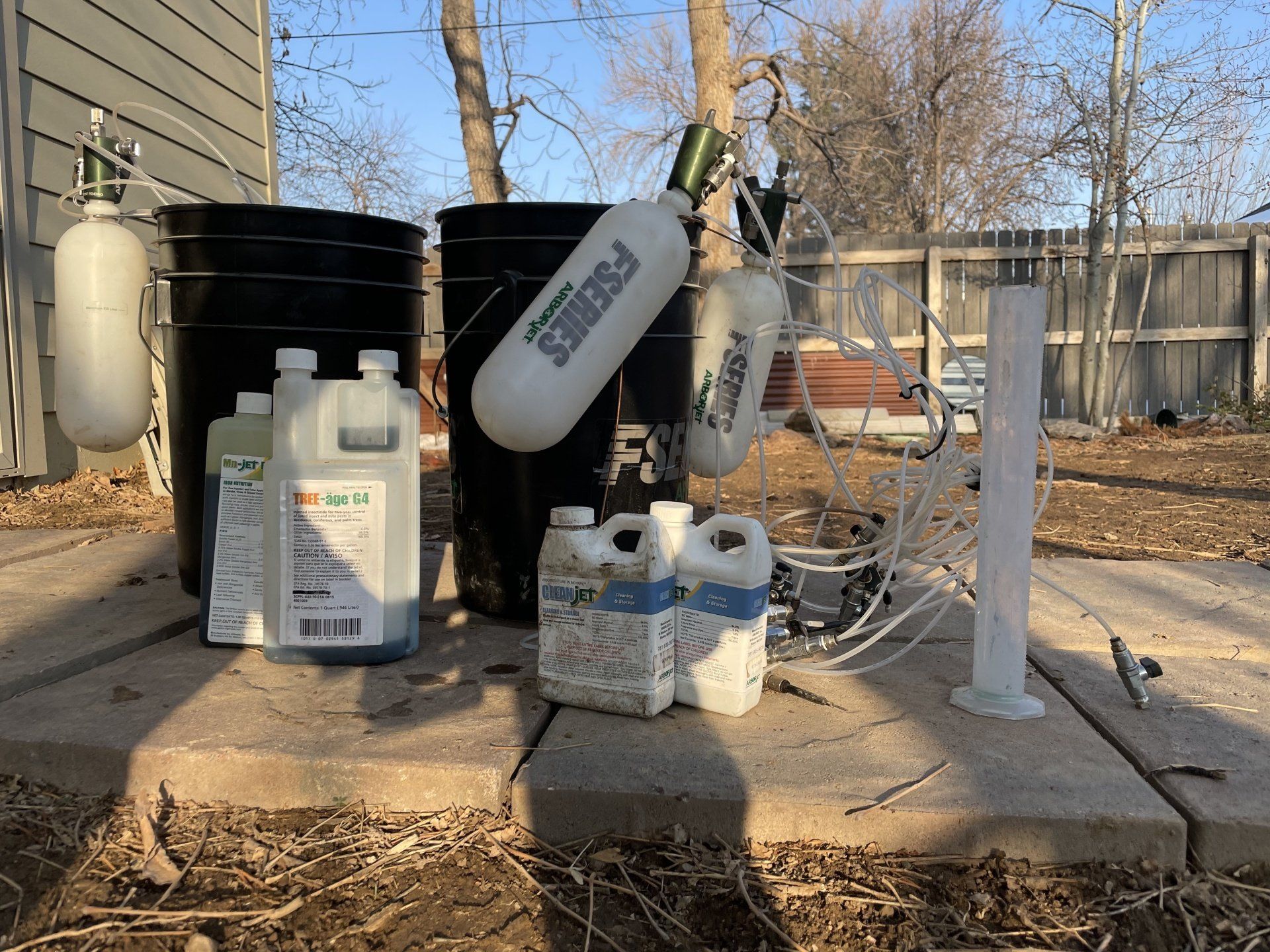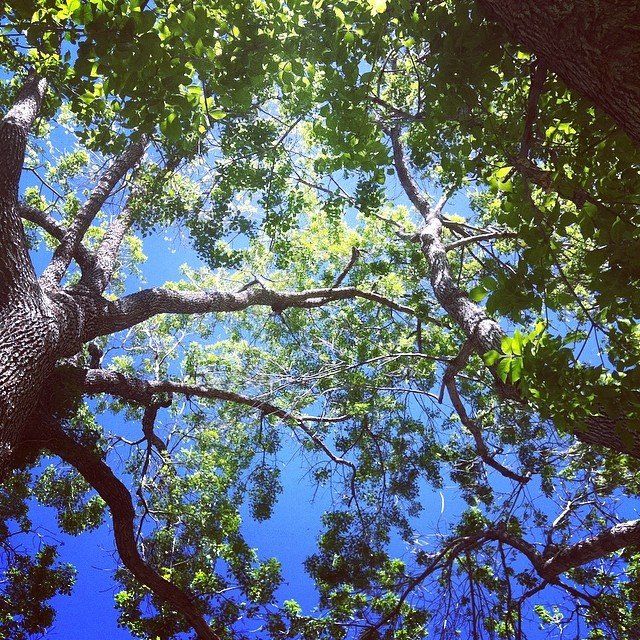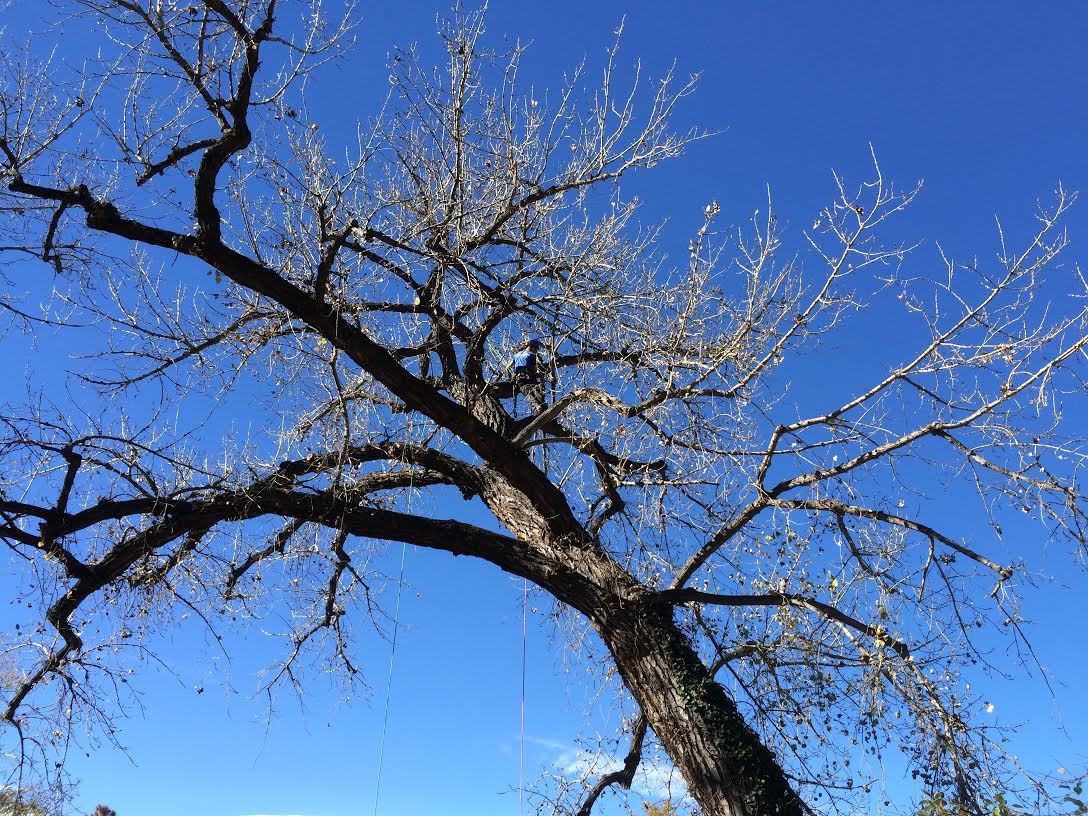Tree Care Tips
Tree Care Tips

By Lucas Capachin - Board Certified Master Arborist
•
09 Mar, 2023
The key is to prune the trees before the snows come as this will mitigate the damage from heavy snow. Although pruning cannot guarantee that there won’t be any broken branches - it certainly does help. The issue is apples can only be pruned while there are no leaves on them because ((fireblight link)) can spread if they are pruned at the wrong time of year. Don’t forget to learn to identify fireblight and manage it early to prevent serious issues, our article has many photos and information to help. So feel free to contact us about your apples if you want to have them pruned before they start to leaf out. If you don’t want to prune them don’t forget to knock the snow off if we get a storm. If you want to try your hand at pruning youself this video gives a bunch of good advice!
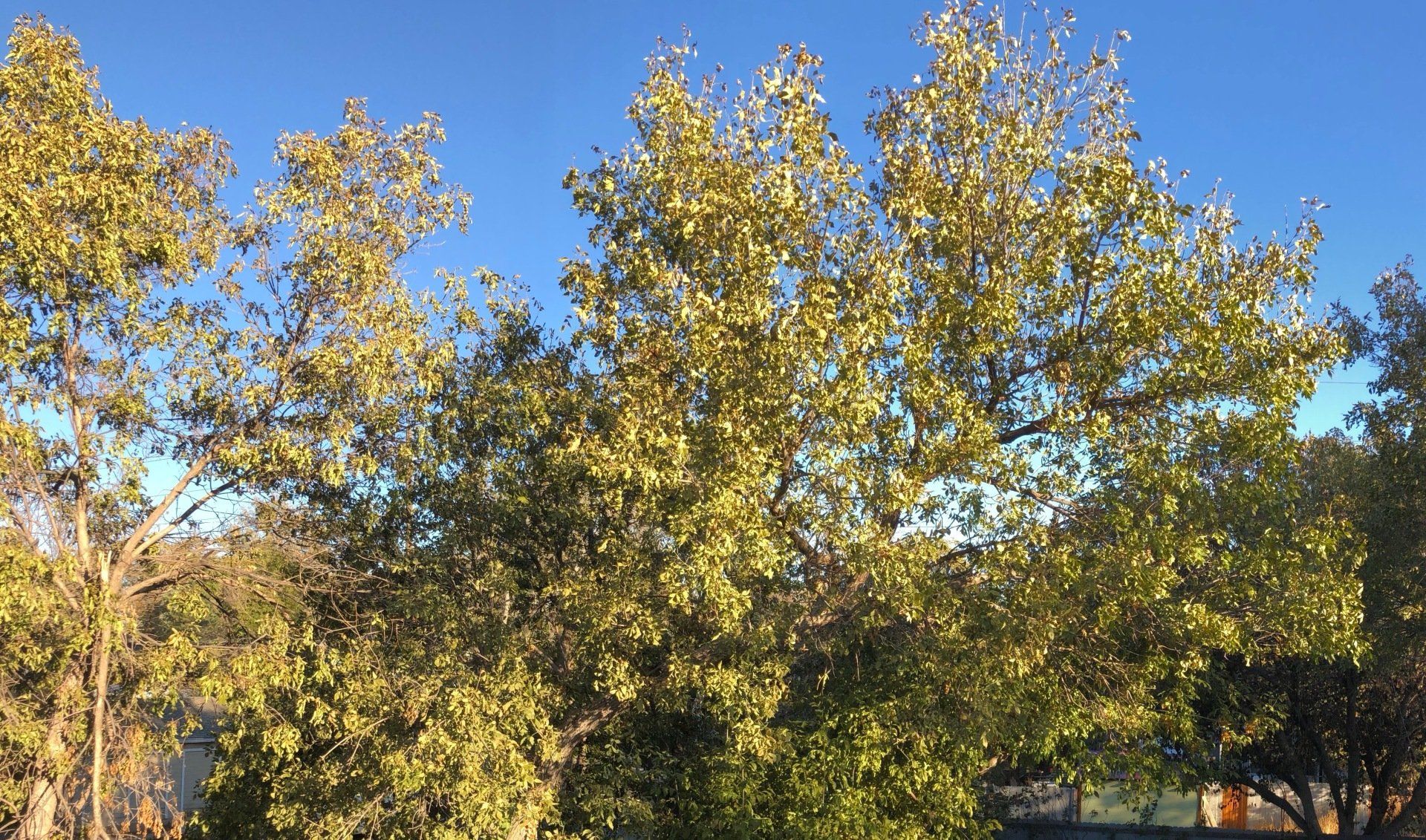
By Lucas Capachin - Board Certified Master Arborist
•
22 Mar, 2022
Frost Damage Trees prepare for the cold winter months in many ways to prevent damage to their cells. If trees start to reverse this process too early, a hard freeze can cause ice crystals to form in their cells. This can cause branch tips to die, or sometimes even entire branches or trees will die from frost damage. More information on frost damage can be found in a previous article I wrote found here . Trees that typically suffer the most from these cold snaps are stone fruit trees (all trees in the genus Prunus) and elms. A few years ago many pears were also severely affected. Unfortunately there isn’t much that can be done to prevent frost damage, although shaking snow off of trees and preventing the branches from dropping in temperature too much can help.
By Lucas Capachin - Board Certified Master Arborist
•
04 Mar, 2021
I often hear “winter is the best time to prune trees”. This, like many over generalizations is not always correct. When to prune is often dependent upon the goal you wish to achieve for your trees. We are actually fortunate in Colorado - most trees can be pruned any time of the year. With winter pruning we can see the structure of the tree without it’s leaves. For trees that are weak, pruning in winter helps them retain vigor through the growing season. Preventing storm damage In Colorado one of the major causes of tree issues is from our severe storms. We can have both high winds and heavy, unseasonable snow here. A more structurally sound, recently pruned tree canopy will eliminate weak limbs and decrease the surface area for the snow and wind to act upon. Thereby reducing the forces imparted on the tree and limiting the chance of storm damage. Disease prevention There is one group of trees that is best pruned in winter - species which are susceptible to fire blight. In Colorado there are four main trees that are susceptible, they are mountain ash (Sorbus), apples/crabapples (Malus), hawthorn (Crataegus), and pear (Pyrus). Creating new wounds from pruning during the growing season will increase the chances of it contracting fire blight, so that’s why we try to prune these trees in winter. Here is a link to our article on fire blight. FoothillsArborists.com/Fire-blight Resource allocation In spring trees use a large amount of water and nutrients to create new leaves. Trees grow fastest in early spring, this can be seen by looking at growth rings, the larger lighter colored rings are formed in early spring, the darker skinny sections in the later months of the growing season. Spring is also when new shoots appear and growth occurs. If pruning is done before this flush of growth it means that the tree will push out more new growth on the remaining branches. It will fill out quicker than if it were pruned after the flush of new spring growth. If done later in the season there will be less growth in response to the old cuts. This will decrease the new growth on the tree. Therefore one drawback of winter pruning is that pruning may need to be done again sooner as new spring growth will occur more quickly than with later pruning. If a tree is severely stressed it may be advisable to only prune in late winter to minimize stress and retain it’s resources for new growth in the spring on the remaining branches. Wound compartmentalization Wounds can come from pruning, nature’s forces breaking branches, or pests and disease. Trees do not heal wounds like we do when a cut in our skin is healed with new tissue growth replacing the damaged tissue. They can only seal off the exposed inner wood to prevent damage to nearby healthy tissue. The tree forms barriers to prevent wood-decay fungus from progressing into the heartwood of the tree. If large cuts are needed, for instance to remove a large broken limb, pruning in the winter will give it a head start on closing that wound. Pruning before the growing season will give your tree a head start on covering up the wounds. Although this is one of the main reasons given for winter pruning, it usually will not make a significant difference if pruning is done right - as only small cuts should generally be made and these are much easier for the tree to seal off. When people ask me “When is the best time to prune my trees?” I usually respond by saying “Before they are damaged in a storm”. The extreme weather we get in Colorado is hard on trees, and very few of the trees we plant evolved in this climate. The trees we have brought to Colorado and nurture here are not prepared for the extreme wind or early/late snowstorms when they are leafed out. Our main goal with pruning is to prevent this sort of damage from occurring. In the best case, loss of major branches leaves a less attractive tree. In the worst case, it can lead to the decline and death of the entire tree. Fortunately most trees can be pruned any time of the year, and that is why I rarely recommend delaying pruning. You never know when the next tree damaging storm will hit. There is nothing worse than showing up to prune a tree and seeing that it has been recently damaged by a storm, so it is almost always better to prune as soon as possible.

By Lucas Capachin - Board Certified Master Arborist
•
29 Jul, 2020
Chlorosis is a general term for foliage that is not producing adequate chlorophyll. This leads to a yellow or pale appearance. The lack of chlorophyll means that the plant's most important process is being interrupted. If not corrected, chlorosis will lead to dieback of branches and eventually the entire tree. Chlorosis generally is caused by a lack of iron, but it may also be caused by a deficit in other micronutrients as well. Iron is present in most Colorado soils but due to low pH it cannot be absorbed by the trees. How Can I Identify Chlorosis in My Trees? Chlorosis is a major problem with maple and oak trees in Colorado, although many other species can also be affected. The signs of chlorosis are any leaves or branches in the tree with inconsistent color. Parts of the tree may appear lime green while other parts are a deeper green. In advanced stages leaves will turn yellow and almost white at times. If you look at a leaf and the veins are darker green but the rest of the leaf is lighter in color - that is chlorosis.
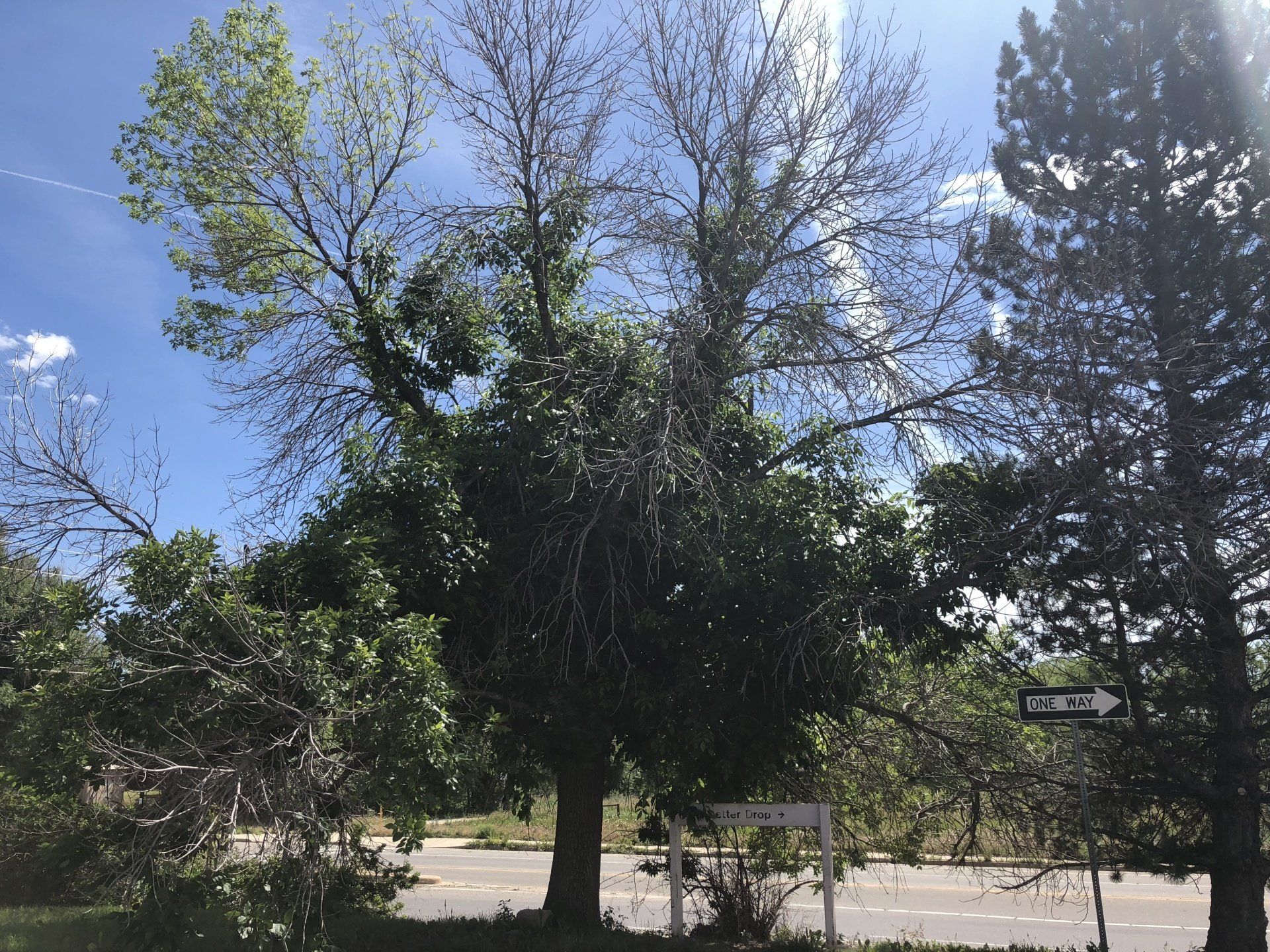
By Lucas Capachin Board Certified Master Arborist RM-7913B
•
20 Jul, 2020
Emerald Ash Borer (EAB) is an incredibly damaging pest to North American forests. EAB was introduced from Asia, and since it has no natural predators it has killed every single untreated ash tree in its path. The insects. Ash trees are a breeding ground for the insects and can kill a tree within a few years and usually as soon as an infestation is noticed it is usually too late.

We have used them twice so far because of the great work they did the first time. They did exactly what we needed done to our trees, and when they are done, they leave the yard as clean or cleaner than when they had started.
Kristi M. (Lafayette, CO)
MashIt
Did a great job of removing trees without damage to surrounding plants. Did a great job of cleaning up afterwards. Very satisfied.
Button
"Lucas was timely, honest and super helpful. He didn't try to sell me any services other than what I called about, which I greatly appreciated. I'll definitely be using him again for pruning trees in the winter."
FabuFit
Lucas and his team were true professionals They were courteous, really knew what they were doing. Fun to watch! They cleaned up afterward, the whole yard even though their debris didn't cover the whole yard! Very reasonable pricing also. Highly recommend
Button
They were efficient, did a great job quickly and cleaned up the yard afterwards. Couldn't ask for more. Highly recommended.
YesSuits
" They were able to come in and grind down the large Cottonwood stump and remove the debris in a reasonable amount of time. Very pleased with their service and pricing that we hired them to remove another Cottonwood from our backyard."
Button
Foothills Arborists
Lucas Capachin
Board Certified Master Arborist RM-7913B
Follow Us
We Accept all forms of payment
Cash, Check or Card
Please select at least one payment option to render widget preview

